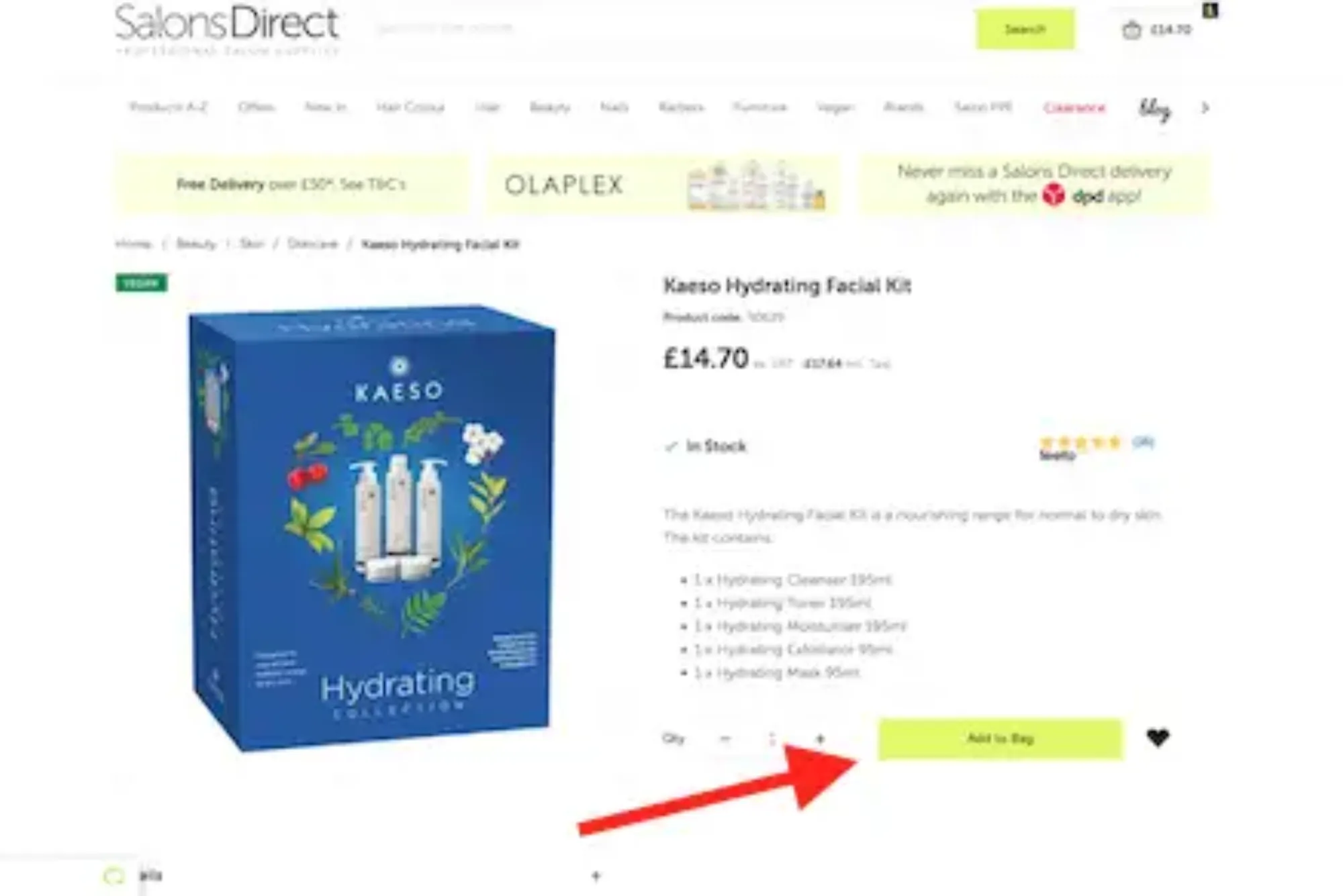Slot machines have evolved far beyond the classic fruit machines found in smoky pubs or vintage arcades. Today, we’re dealing with complex, visually stunning games that run on intricate algorithms and mathematical principles. One of the most important yet overlooked elements in these modern slots is the payout curve—a concept that plays a pivotal role in how and when you win.
If you’re exploring new UK betting sites, understanding how payout curves function can make a big difference in how you choose your games and manage your bankroll. Whether you’re a seasoned player or someone trying their luck for the first time, this insight helps decode some of the mystery behind slot gaming.
Let’s dig into what payout curves are, how they work in new slot machines, and what role they play in the broader gaming experience online.
Defining the Payout Curve
In simple terms, the payout curve refers to how a slot machine is programmed to distribute winnings over time. It’s essentially a visual or mathematical representation of the game’s return-to-player (RTP) behavior—how consistently and frequently it pays out, and whether those payouts are small and regular or large but infrequent.
You might be familiar with the term RTP, which stands for Return to Player. For example, if a slot has a 96% RTP, it means that, on average, the machine will return £96 for every £100 wagered over an extended period. But RTP alone doesn’t tell the whole story. The payout curve shows how that 96% is delivered over time, shaping your actual playing experience.
Flat vs. Volatile Payout Curves
One way to think about payout curves is by comparing two general types: flat payout curves and volatile payout curves.
A flat payout curve means the game offers small, frequent wins. These are the slots that feel generous at first—you might win often, but the wins are modest. Games with this curve tend to stretch your bankroll and provide longer playtime, which appeals to casual or risk-averse players.
On the other hand, a volatile payout curve leans toward infrequent but much larger wins. These slots can feel “cold” for long stretches, only to suddenly drop a significant win. They’re more suited for players who chase big jackpots and can handle the emotional swings that come with prolonged dry spells.
On new UK betting sites, developers often label slots with volatility indicators, helping players choose a game that matches their preferences. High-volatility games are usually marked clearly, and some platforms even allow sorting games by volatility level—an incredibly useful feature when assessing payout curves.
Why Payout Curves Matter in New Slots
Understanding the payout curve gives players a real advantage. It’s not just about “luck” anymore; it’s about strategy and risk management.
When trying out a new slot on one of the new UK betting sites, it’s helpful to know what type of payout experience you’re stepping into. Are you looking to play casually and stretch £20 over a long gaming session? Then go for a game with a flatter payout curve and lower volatility. If you’re aiming for that once-in-a-session mega payout, a more volatile slot with a steep payout curve is your bet—but you’ll need patience and a bigger budget.
Modern slot developers incorporate these curves intentionally, using sophisticated algorithms to design games that cater to all types of players. They also use features like multipliers, expanding wilds, or cascading reels to shift the payout behavior slightly and offer dynamic curve adjustments during gameplay.
Real-World Example: Payout Curve in Action
Sarah plays a flat payout slot like Starburst, which is popular on many new UK betting sites. She wins frequently—perhaps every 3 or 4 spins—but the wins are often £0.30 to £1.00. Her £20 lasts a long time, and she enjoys the excitement of regular engagement.
Jack, however, picks a game like Dead or Alive II, a notoriously volatile slot. He can go 40 spins with nothing, but on the 41st spin, he hits a bonus round worth £100. That’s the volatile payout curve at work—dry periods balanced by explosive wins.
Both games might have the same RTP, say 96.1%, but the curve defines the rhythm and feel of the game.
How New UK Betting Sites Use Payout Curves
The rise of new UK betting sites in the past few years has reshaped the online gaming scene. These platforms often bring innovative features, and one of their advantages is transparency and customization. Many now openly share RTPs and volatility ratings and even offer demos so you can get a feel for the payout curve before committing real money.
Some new sites are even experimenting with AI-powered game recommendations that suggest slots based on your playing history and risk tolerance. If you consistently play games with flatter payout curves, the system might recommend new releases with similar behavior.
These platforms are also more likely to partner with up-and-coming game studios. These studios, free from the conventions of older design trends, are more experimental with their payout curves. You might find games with hybrid behaviors—offering both medium volatility base games and high volatility bonus rounds. That mix adds depth and keeps gameplay fresh.
RTP vs. Payout Curve vs. Volatility: Know the Difference
Let’s pause for a quick clarification. These three terms often get mixed up, but they’re not the same:
-
RTP (Return to Player) is a long-term average of the returns a player can expect.
-
Volatility measures the size and frequency of payouts (i.e., risk).
-
Payout Curve is how these returns and risks play out over time—it’s the pattern or shape of the game’s payout behavior.
A game can have a high RTP and still be volatile. Conversely, a game can be low in volatility but offer a lower RTP. When all three elements align with your gaming goals, that’s when you’re most likely to enjoy the experience and potentially come out ahead.
Understanding Payout Curves as a Strategy
Let’s face it: you can’t beat the house. But you can choose games that match your style. And that’s where payout curve knowledge becomes more than just theory.
Think of it as part of your personal slot strategy. If you’re playing to relax, flatter curves keep things engaging and entertaining. If you’re playing with a goal—maybe chasing a jackpot—then steeper curves make sense, but you’ll need discipline.
By using the demo modes on new UK betting sites, you can test payout behaviors without spending real money. Pay attention to how frequently wins come, how big they are, and how quickly your balance fluctuates. That’s the curve in action.
Also, keep an eye on in-game metrics. Many modern slots now display statistics after a session—win distribution, biggest payout, and number of spins played. These stats can give you a concrete sense of the curve.
Final Thoughts: Payout Curves and Player Empowerment
Slot gaming is a blend of entertainment and chance. While you can’t change the outcome of any individual spin, you can choose how you engage with the game. That’s the real value of understanding payout curves.
They give players a framework—a way to choose slots not just based on graphics or themes but on how they behave. Combine this knowledge with the tools and options offered by new UK betting sites, and you’ve got a gaming experience that’s not just about spinning reels, but about making informed choices.
So next time you’re exploring a new slot, don’t just look at the theme or RTP. Consider the payout curve. It’s the hidden rhythm behind every spin—and understanding it might just change the way you play.









